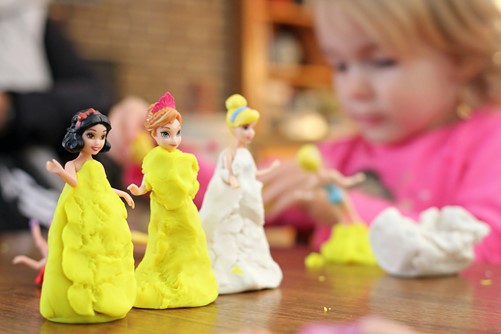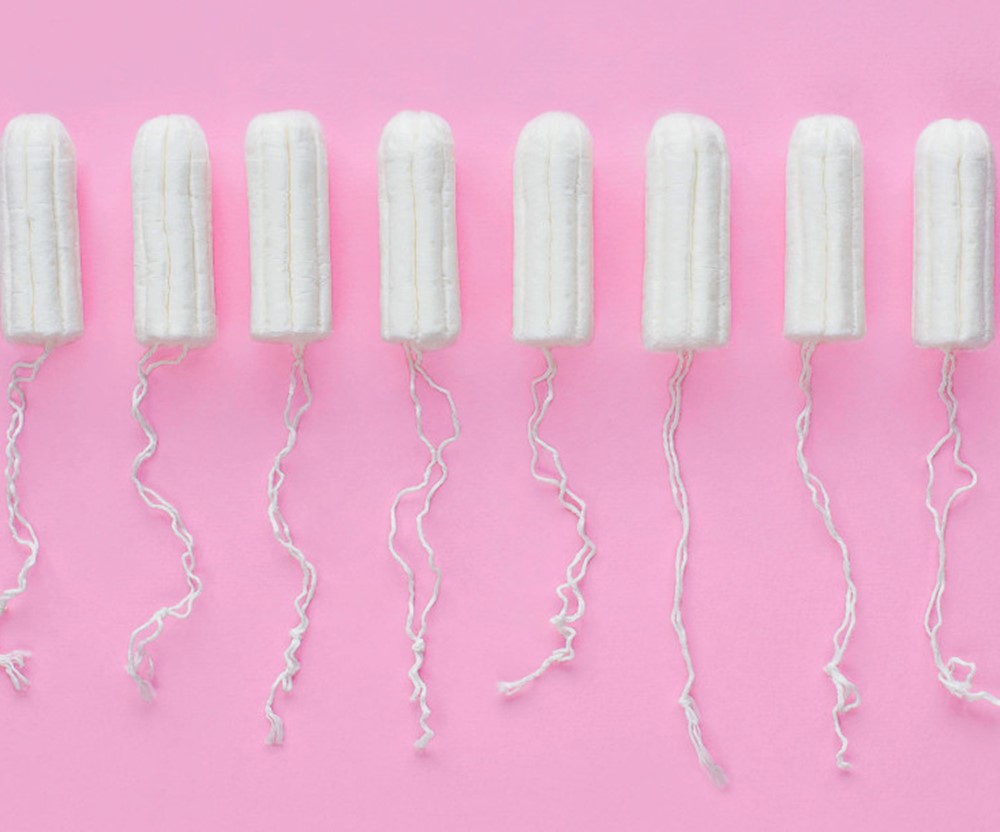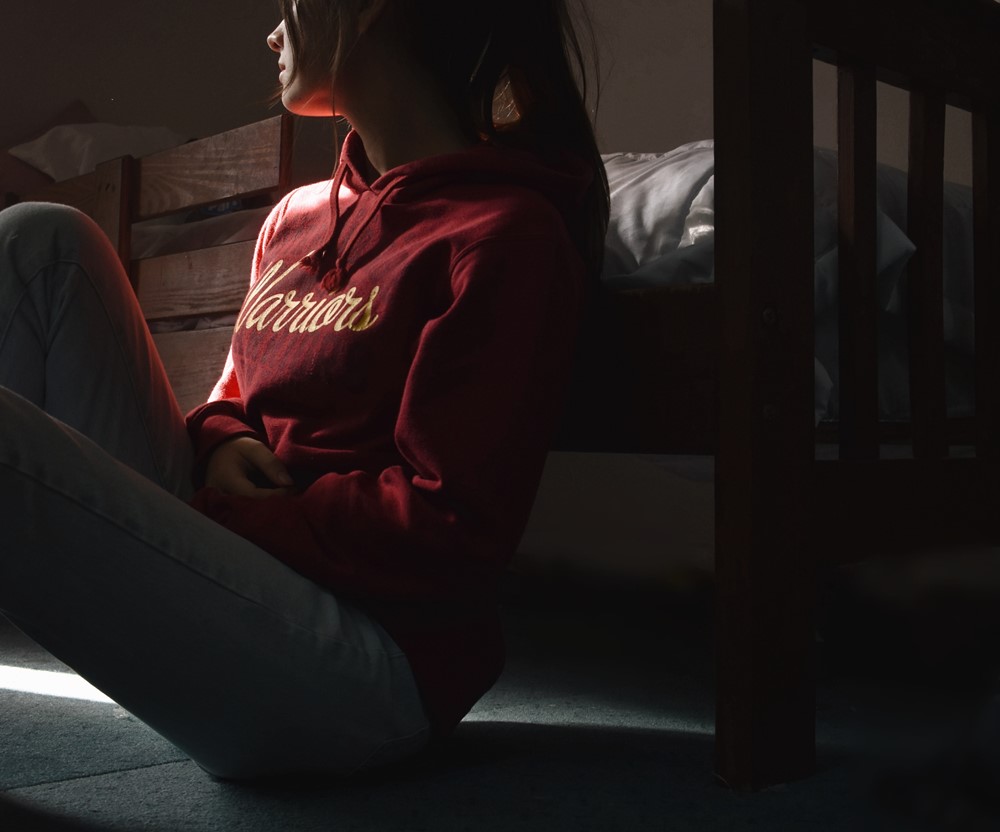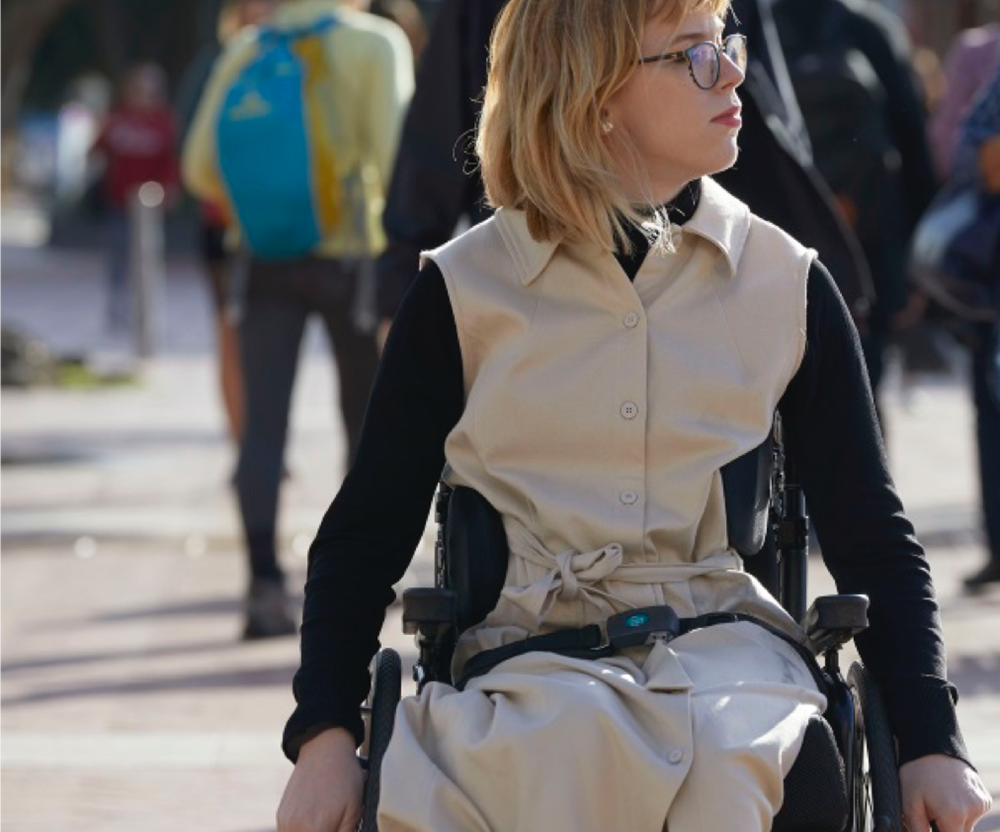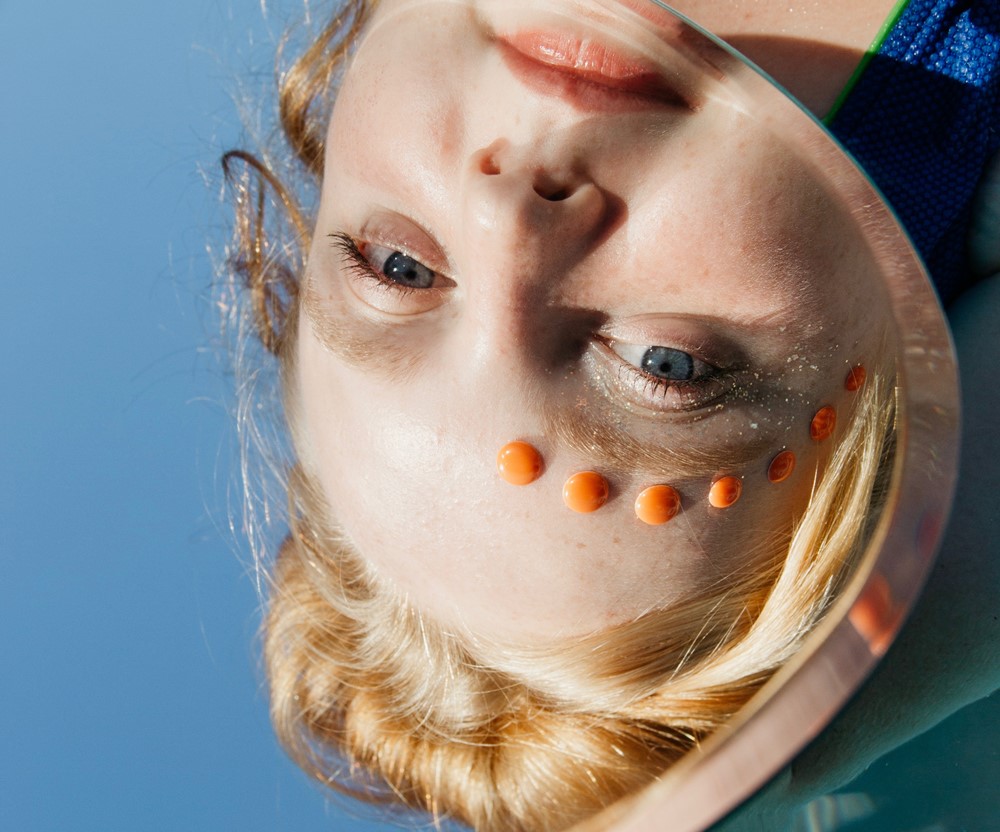
How do young women in Aotearoa feel about their bodies?
Why should we still care about Body Image?
Categories
- Thought Leadership
The YWCA had released it's latest Insights Report focusing on the complex issue of Body Image.
While exact estimates vary, depending on how body image is measured, concern and worries about appearance are commonplace among young people in Aotearoa. Through the YWCA’s work over the last ten years, we know that girls and young women between the ages of 14 to 25 cite body image pressures as a top concern.
An online survey was conducted by the YWCA and Pretty Smart in March to June 2020 of 209 young women from Aotearoa NZ (aged 18 to 24). The results highlighted that:
- 72% feel negatively about their appearance at some point in the day – for 25% of them, it’s an all-day feeling.
- 96% think about their appearance when they are doing things
- 66% avoid activities when they don’t feel good about their appearance – mostly sports and social situations
- 72% think appearance affects the level of career success you can achieve in some situations
- 74% wish they looked like people they see on social media
 The results that stand out are those about not participating in activities – in the majority of cases, social activities – because of feeling bad about your body. This shows that negative body image has a real-world impact on young women and their participation (or lack of it) in various spheres of life—it constrains women’s participation in society, and the places they go. The other interesting finding is the young women’s reported perception that career success is influenced by appearance. Studies show this is correct (Wong, 2016), but it is heart-breaking that this message has been so clearly received and understood at such a young age already.
The results that stand out are those about not participating in activities – in the majority of cases, social activities – because of feeling bad about your body. This shows that negative body image has a real-world impact on young women and their participation (or lack of it) in various spheres of life—it constrains women’s participation in society, and the places they go. The other interesting finding is the young women’s reported perception that career success is influenced by appearance. Studies show this is correct (Wong, 2016), but it is heart-breaking that this message has been so clearly received and understood at such a young age already.
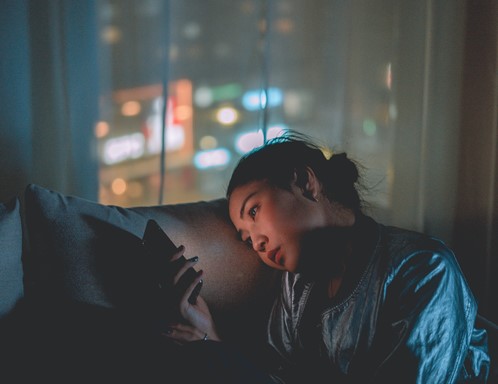
There is very little NZ-based research solely into body image and its effects. But there have been other studies done about related issues (mental health, social media impacts etc) that reveal sobering statistics about young women and body image.
- A 2019 GirlGuiding NZ research report found that 41% of girls believe women and girls are objectified in the media; and that 6 in every 10 girls have been discriminated against (or were treated differently) because of their physical appearance.
- The 2018 Youth Wellbeing Report Ngā Kōrero Hauora o Ngā Taiohi surveyed 1024 rangatahi aged 12 - 24. 46% of respondents chose ‘body image’ as a top concern just after ‘Succeeding in studies and getting good grades’. 82% of the respondents who chose ‘body image’ as a major concern identified as female.
- A 2020 report on Social Media by the Graeme Dingle Foundation found that 88% of those surveyed said they had connected via social media with people who have made them "feel really positive" about themselves, but 79% have also seen posts that made them "feel negatively about [their] body image, social situation or background".
- A 2016 study of 681 15-18 year olds in Otago found that 54% of female adolescents felt their body was “too fat”. Only 22% of males felt their body was “too fat”.
- Data analysed from a New Zealand national wellness survey conducted in 2007, found that 39% of adolescent girls were happy with their body, suggesting that the remaining 61% were not.
As we are seeing the effects of body image become increasingly a globalised experience, we can theorise that the results of overseas research could be relevant here. Some of the research results are truly alarming:
- A UK survey in 2019 of 4,505 people aged 18 and above found that 1 in 8 have been so distressed about their body image they have thought about killing themselves. This jumps to 1 in 3 for people who identified as LGBTQI.
- A 2015 study out of the U.S. found that around 50% of 13-year-old girls reported being unhappy with their body. This number grew to nearly 80% by the time girls reached 17 years of age.
- A 2001 study found that children as young as 5 years of age express dissatisfaction with their bodies and display awareness of dieting as a means of weight control and a study in 2012 found that girls as young as three think negatively about bigger sized people.
- A 2000 study found that young women would rather be thin than smart.
- Anorexia nervosa is the third most common chronic disorder affecting teen girls, with the highest mortality rate of all psychiatric disorders
Do Māori and Pacific Peoples really think “bigger is better”?
Is this a simplistic view seen through a Western lens? Does this mean Māori and Pacifica girls are less likely to have negative body image?
- In a 2006 University of Waikato study, it was demonstrated that “Māori may identify more strongly with western standards of attractiveness than previously expected".
- A 2011 study aimed to confront the “Pacific Peoples believe bigger is better” stereotype and it found that Pacific adolescents and their parents did not desire obesity-sized bodies but desired a range of average-sized bodies that met their Pacific-defined view of health.
- A 2012 study looked at body dissatisfaction in Māori and Pakeha female university students and found many similarities but also interesting differences. The Pakeha participants had more concerns regarding weight than the Māori participants. Furthermore, strength of Māori ethnic identity was shown to be associated with lower levels of weight concern.
For negative body image and eating disorder interventions to be acceptable and useful for Māori and Pacific Peoples, they must be responsive to the beliefs and desires of these communities.
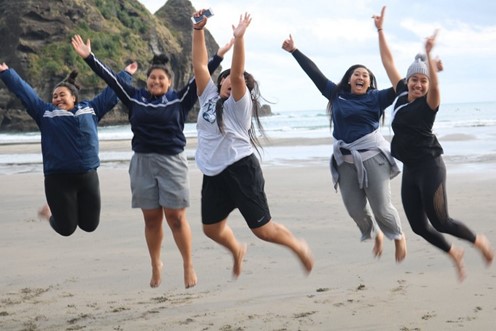
So how does body image affect young women?
In young people, body dissatisfaction has been linked to negative and risk-taking behaviours and mental health problems, including:
- Symptoms of eating disorders or unhealthy attitudes and behaviours towards food and eating
- Extreme weight loss techniques
- Depressive symptoms and symptoms of anxiety disorders such as social anxiety or panic disorder
- A higher likelihood of suicidal thoughts and self-harm behaviours, including abusing drugs
- A higher likelihood of using alcohol or smoking cigarettes
- Lower participation in physical activity
- Avoidance of social situations and interactions
- Disrupted focus and attention
- Avoiding participation in classroom debate and staying away from school entirely
Read our full Insights Report on Body Image here.
Other Stories you might like


